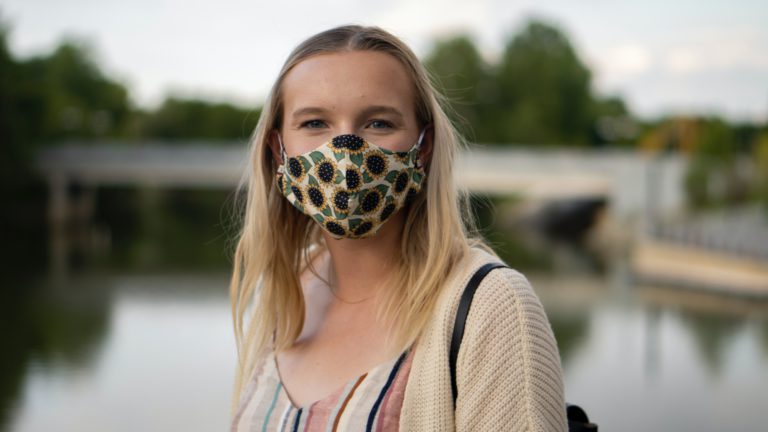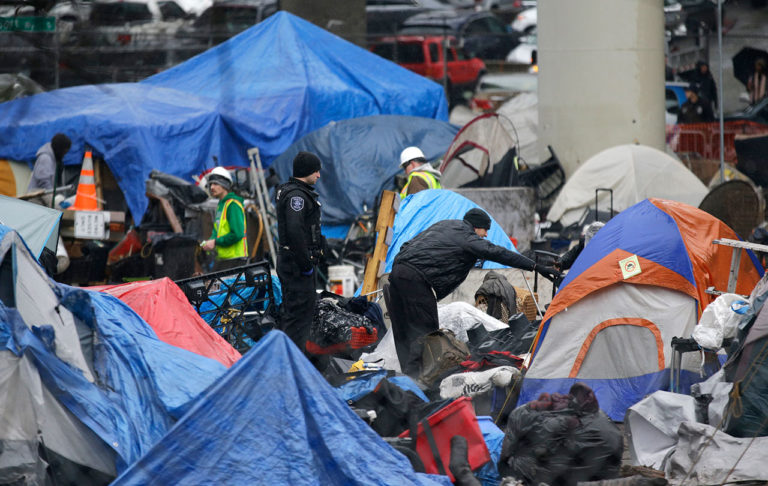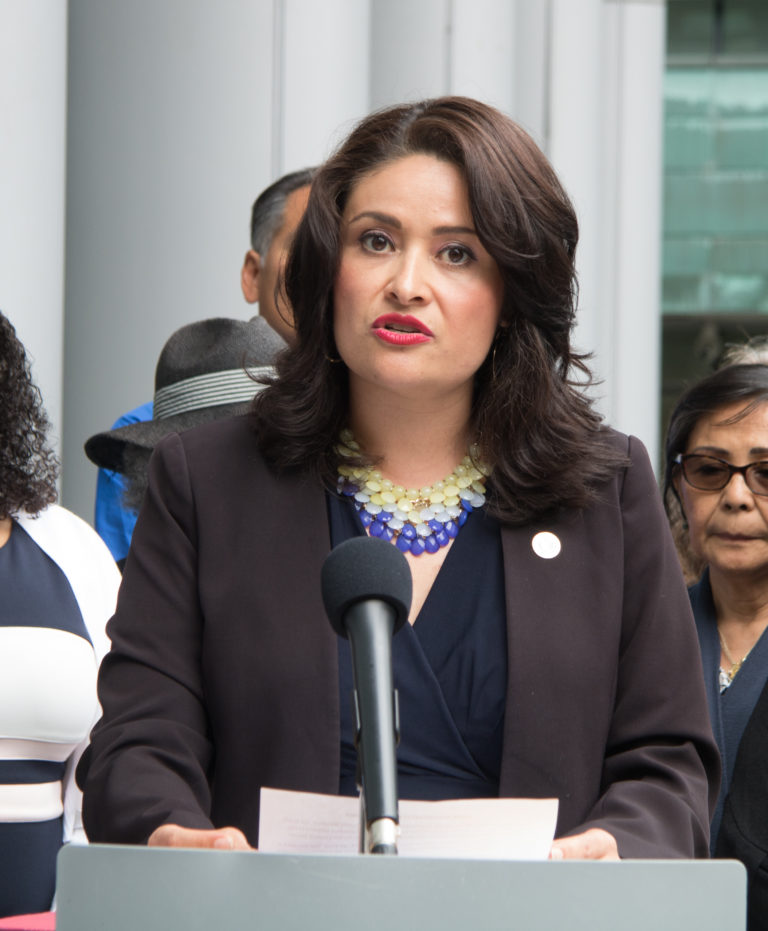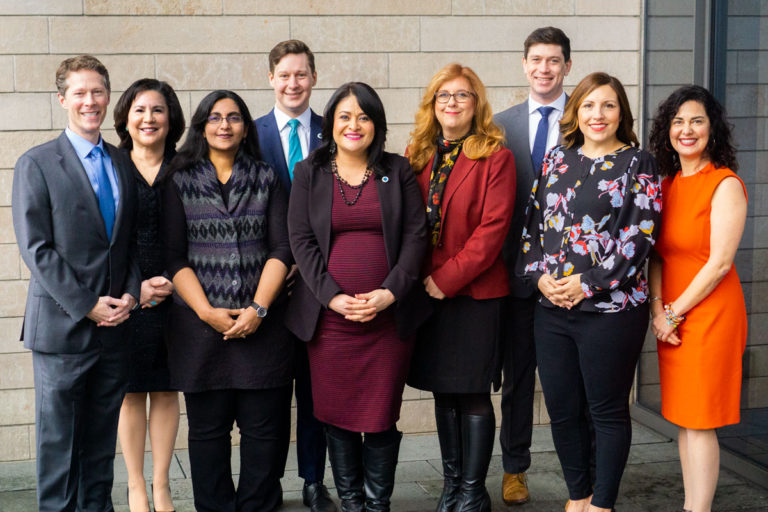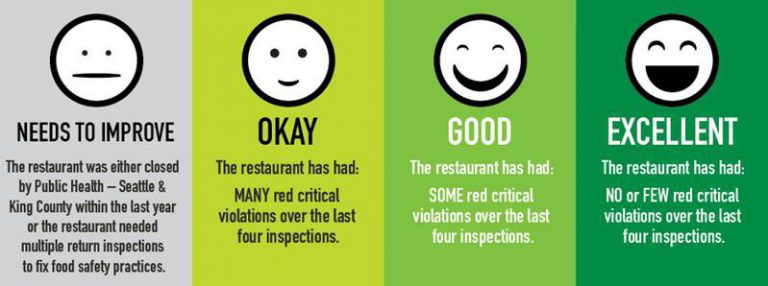Candidate Questions for the 2021 Seattle Election: Prosecution for Misdemeanors
Part II in a three-part series, in which I ask questions of the eight campaigns in the Seattle November 2nd General Election and hand the microphone to them. Today’s question: Should Seattle essentially end criminal prosecution for misdemeanors, including shoplifting, property destruction and misdemeanor assault?


